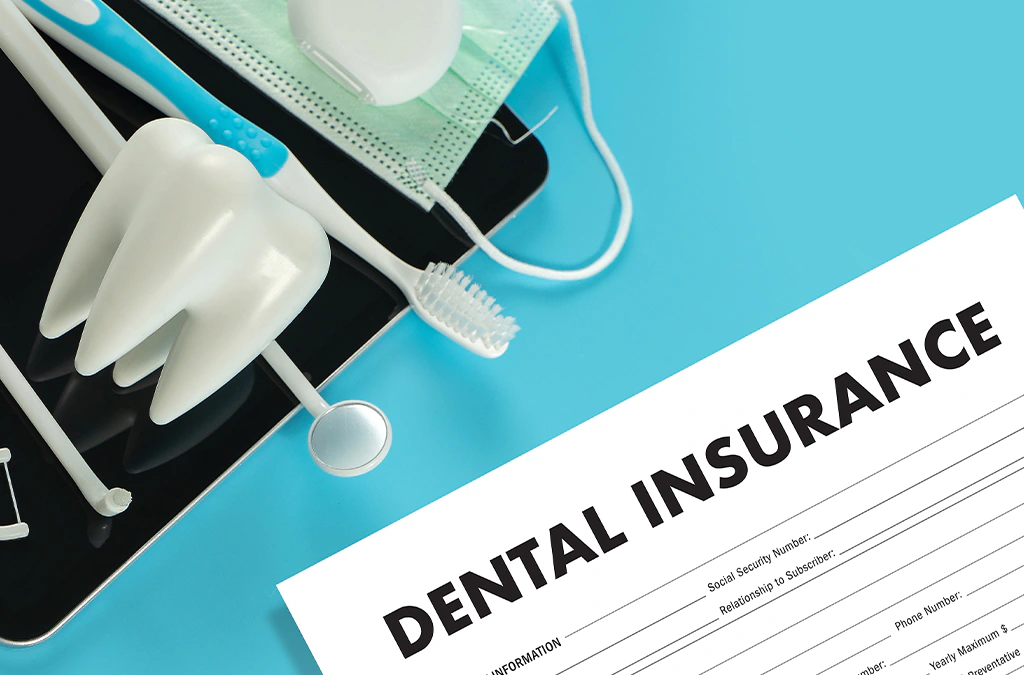For seniors, oral health is integral to overall wellbeing—and dental costs can quickly escalate without coverage. Understanding what common senior dental plans include, their limitations, and how to choose the right policy will ensure you get the care you need without unwelcome surprises.
1. Types of Senior Dental Plans
- Dental Insurance
- Similar to medical insurance, with monthly premiums, annual deductibles, and co-payments.
- Covers preventive care at high percentages and major services at lower percentages.
- Dental Discount (Savings) Plans
- Annual membership fee in exchange for discounted rates (10–60%) at participating dentists.
- No deductibles or co-pays—members pay discounted fees directly.
- Medicare Advantage Plans with Dental
- Private Medicare Part C plans that bundle dental benefits into broader coverage.
- Vary widely: some cover only preventive care; others include basic and major services.
2. Standard Coverage Categories
Dental plans classify services into levels, each reimbursed differently:
| Service Category | Typical Coverage Level |
|---|---|
| Preventive & Diagnostic | 80–100% of cost |
| Basic Services | 50–80% of cost |
| Major Services | 20–50% of cost |
a. Preventive & Diagnostic
- Routine exams, cleanings (typically 2 per year)
- Digital X-rays and panoramic X-rays
- Oral cancer screenings
- Sealants (sometimes)
b. Basic Services
- Fillings (silver amalgam or tooth-colored)
- Simple extractions
- Periodontal maintenance (scaling & root planing)
- Emergency palliative treatments
c. Major Services
- Crowns, bridges, and dentures
- Root canals (endodontics) and dental surgery
- Implants (rarely covered)
- Orthodontics (almost never covered for seniors)
3. Common Exclusions & Limitations
Even robust plans often omit or limit these services:
- Implants & Implant-Supported Dentures: Most dental insurances exclude implants or cap coverage at a small amount (e.g., $500 per year).
- Cosmetic Procedures: Veneers, whitening, and elective orthodontics are excluded.
- Preexisting Conditions Waiting Period: Plans may impose 6–12-month waiting periods before covering basic or major services.
- Annual Maximums: Typical caps range from $1,000 to $2,000 per policy year; once reached, you pay out of pocket.
- Frequency Limits: Cleanings limited to two per year; X-rays limited in number per year.
4. Medicare & Medigap: Gaps in Coverage
- Original Medicare (Parts A & B): Does not cover routine dental care or most treatments.
- Medigap Supplements: Likewise, only cover what Medicare covers; dental benefits require separate plans or MA.
5. Choosing the Right Plan
1. Assess Your Oral Health Needs
- If you’re denture-wearing or anticipate implants, confirm whether the plan offers any implant allowance or denture coverage.
- For gum disease history, examine periodontal coverage percentages.
2. Compare Annual Maximums vs. Premiums
- A $50 monthly premium plan with a $1,000 annual max may suffice if you need only cleanings and a filling.
- For anticipated crowns or bridges, consider higher-tier plans ($60–$80/mo) with $1,500–$2,000 max.
3. Review Waiting Periods
- If you need immediate treatment, prioritize plans with no-or-short waiting periods for basic services.
- Preventive care often has zero waiting period—verify this.
4. Check Provider Networks
- PPO Plans: Larger networks; lower fees in-network.
- HMO/Dental HMO: Fixed copays; require referrals for specialists.
- Discount Plans: Any dentist in network offers set discounts.
5. Evaluate Plan Features
- No-Cost Preventive: 100% coverage for cleanings and exams incentivizes regular care.
- Rollover Benefits: Unused benefits that carry forward to the next year (if available).
- Coordination of Benefits: How a plan works alongside VA or employer retiree dental benefits.
6. Top Providers Offering Senior Dental Coverage
| Provider | Plan Type | Notable Features |
|---|---|---|
| Delta Dental | PPO & HMO | Nationwide network; orthodontia rider available |
| Cigna Dental | PPO | High annual max ($2,500); wellness incentive programs |
| Humana Dental | PPO & Discount Plan | No waiting preventive; reward points for healthy behaviors |
| MetLife | PDP & PPO | Flexible network options; 100% preventive coverage |
| Aetna | PPO | Reduced wait periods; optional implant rider |
7. Tips to Maximize Benefits
- Schedule Preventive Visits Early: Lock in cleanings, X-rays, and exams early in the benefit year.
- Plan Major Work Strategically: Spread crowns or bridge work across two calendar years to leverage annual max twice.
- Use Discount Plans for Implants: If insurance excludes implants, a discount membership plus in-network provider can save 25–50%.
- Combine with Dental Savings Accounts: Set aside pre-tax dollars for out-of-pocket costs if available through an employer plan.
By clearly understanding coverage levels, exclusions, costs, and plan features, seniors can confidently choose dental insurance that safeguards their oral health and finances. Prioritize preventive coverage, compare annual limits to anticipated needs, and watch waiting periods to avoid surprise expenses.
